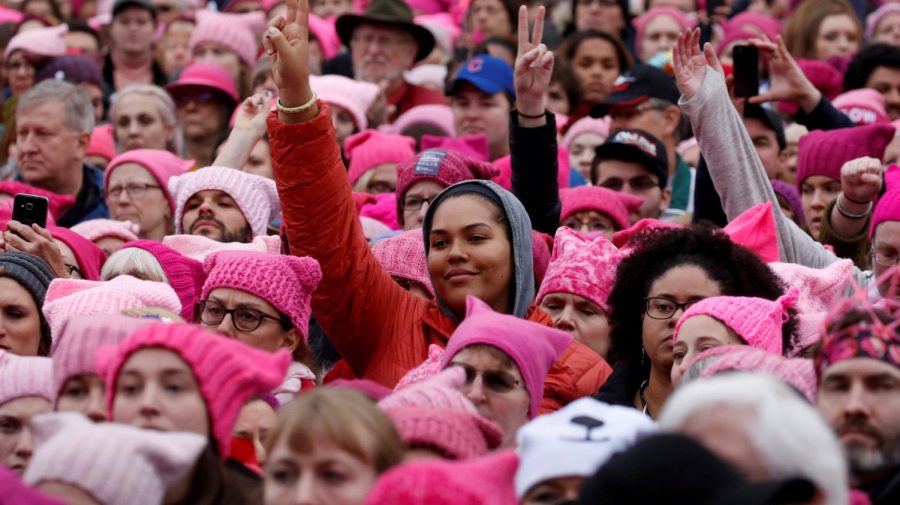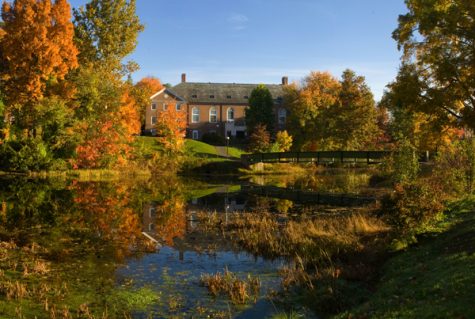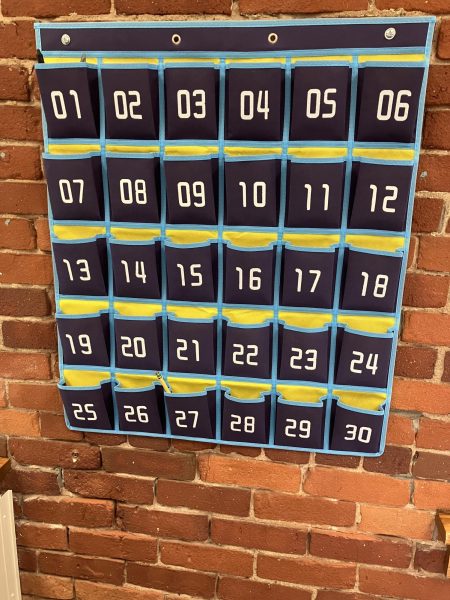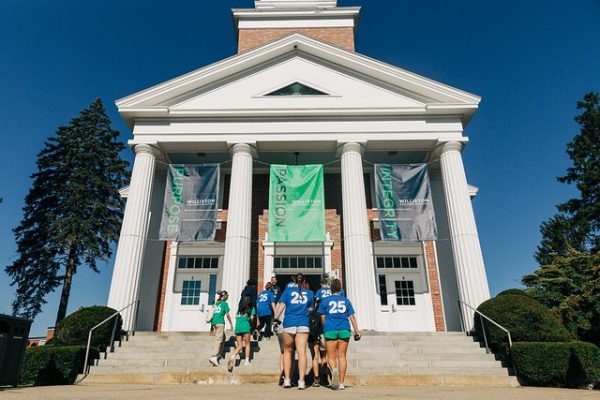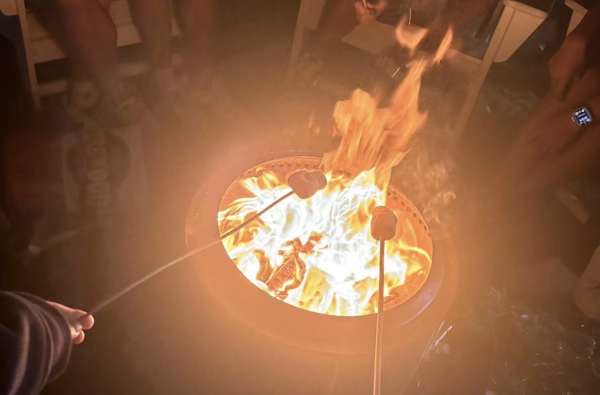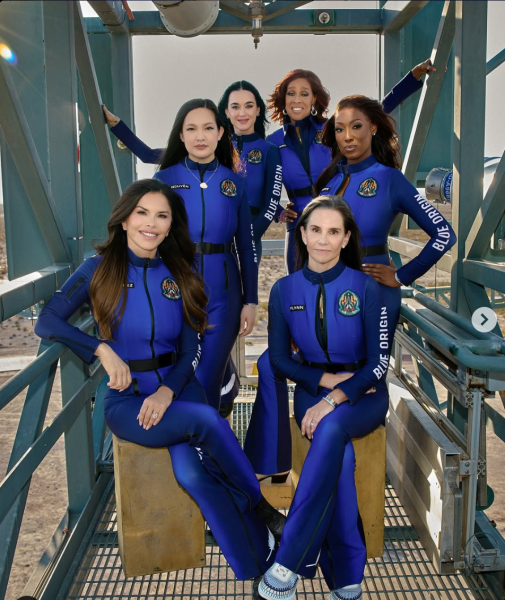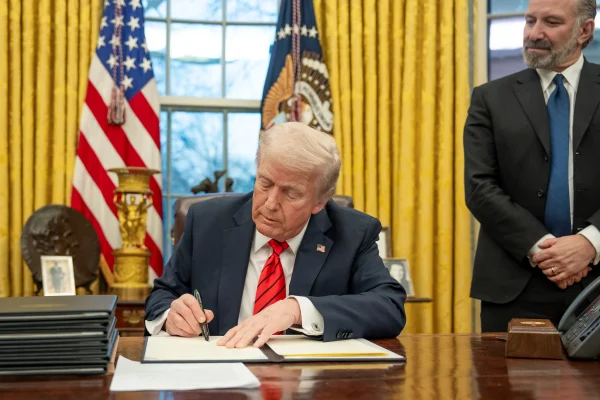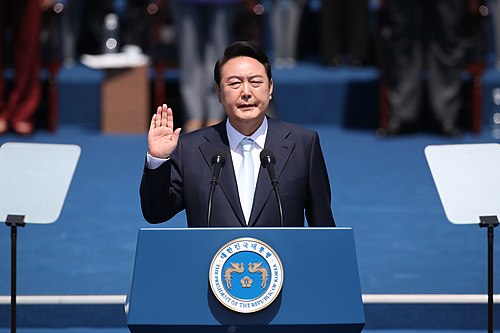Women’s March Resonates on Campus
On Saturday January 20, one year after Trump’s inauguration, women participated in marches across the country to protest sexual harassment and assault.
On January 21 of last year, thousands of women protested to advocate legislation and policies regarding women’s rights, healthcare reform, immigration reform, LGBTQ rights, racial equality, freedom of religion, and workers’ rights.
Last year’s Women’s March on Washington located in Washington D.C, was the first planned protest that drew 440,000 to 500,000. In protests around the country, up to 500 million participated in at least 408 locations.
Across the movement, participants carried signs with slogans such as “#metoo”, “nasty woman” and “I stand with her.” These powerful slogans further united the crowds. One group of women even wrote and sang “#ICANTKEEPQUIET” which quickly became the “theme song” of the movement.
According to The New Yorker, this year’s march had more cheerful and determined spirits as it was more of a goal-setting exercise than an “assertion of outrage and shell-shocked solidarity” due to the election. The crowd was much smaller, only a fraction of the size of last year’s.
There were smaller marches again all over the country. Many Williston students participated in nearby protests. The most popular locations were Northampton and Hartford, Connecticut.
Ellie Scott ’18, and a group of friends attended the Hartford march.
“It felt inspiring to be surrounded by such a powerful group of people who are advocating for change,” Ellie said. “It has been quite a year, and I am glad I had the chance to stand up again for the cause.”
So how do these marches make a difference? Ellie says that “there is such a power in numbers. It shows that [this administration] is not what we support, and we are still here to fight back. It shows that our country does not consent to the behavior of [our government].”
Faculty member and leader of Williston Women’s Action Alliance (WWAA) Sarah Klumpp also believes that marches work. “Women have been marching for centuries to improve rights for themselves and their families,” she said. “Women marched for fair bread prices in the French Revolution, for suffrage in the late 19th/early 20th century, for the Equal Rights Amendment in the 1960s, so there’s a long history there.”
“Lobbying government, running for political office, working in non-profits, and teaching are, I think, other ways that women can make a difference in this generation or the next,” Klumpp added.
Also on January 20, students of the Williston Women’s Action Alliance (WWAA) encouraged the entire student body and faculty to wear all black. Club leader Ellie Wolfe ’19 sent out a supportive email to students and faculty to “stand in solidarity with women who are survivors of sexual assault and harassment. If a lot of people do it, it’ll be really special.”
Dozens of members of the Williston Community wore black, and a small group of them gathered with Mrs. Klumpp for a moment of silence in recognition of victims, and to ring the Angelus, the bell that originated from the Northampton School for Girls before it merged with Williston.
Klumpp stated that “the goal [of wearing black] was to find a way to participate in the day without going to march, as many people were supportive of the movement but needed to be in class and sports. We wanted to show solidarity with the women marching as well as with the #metoo movement.”



